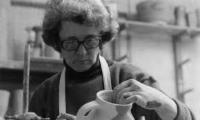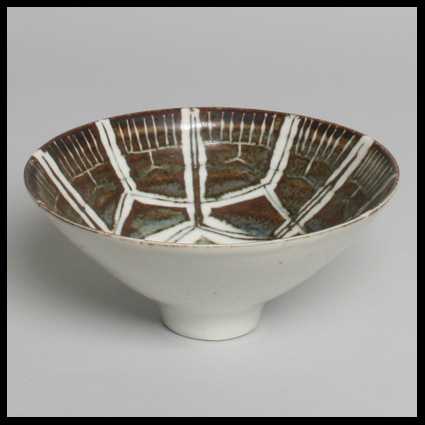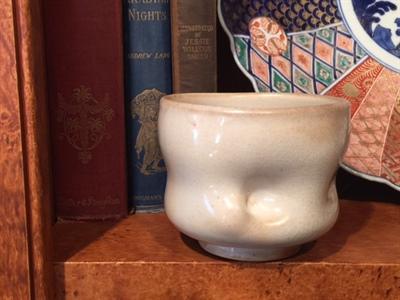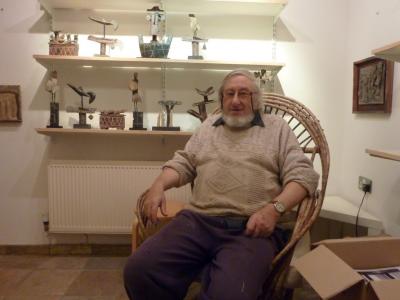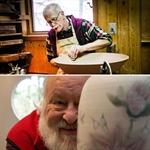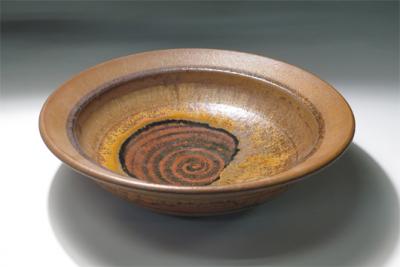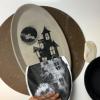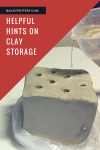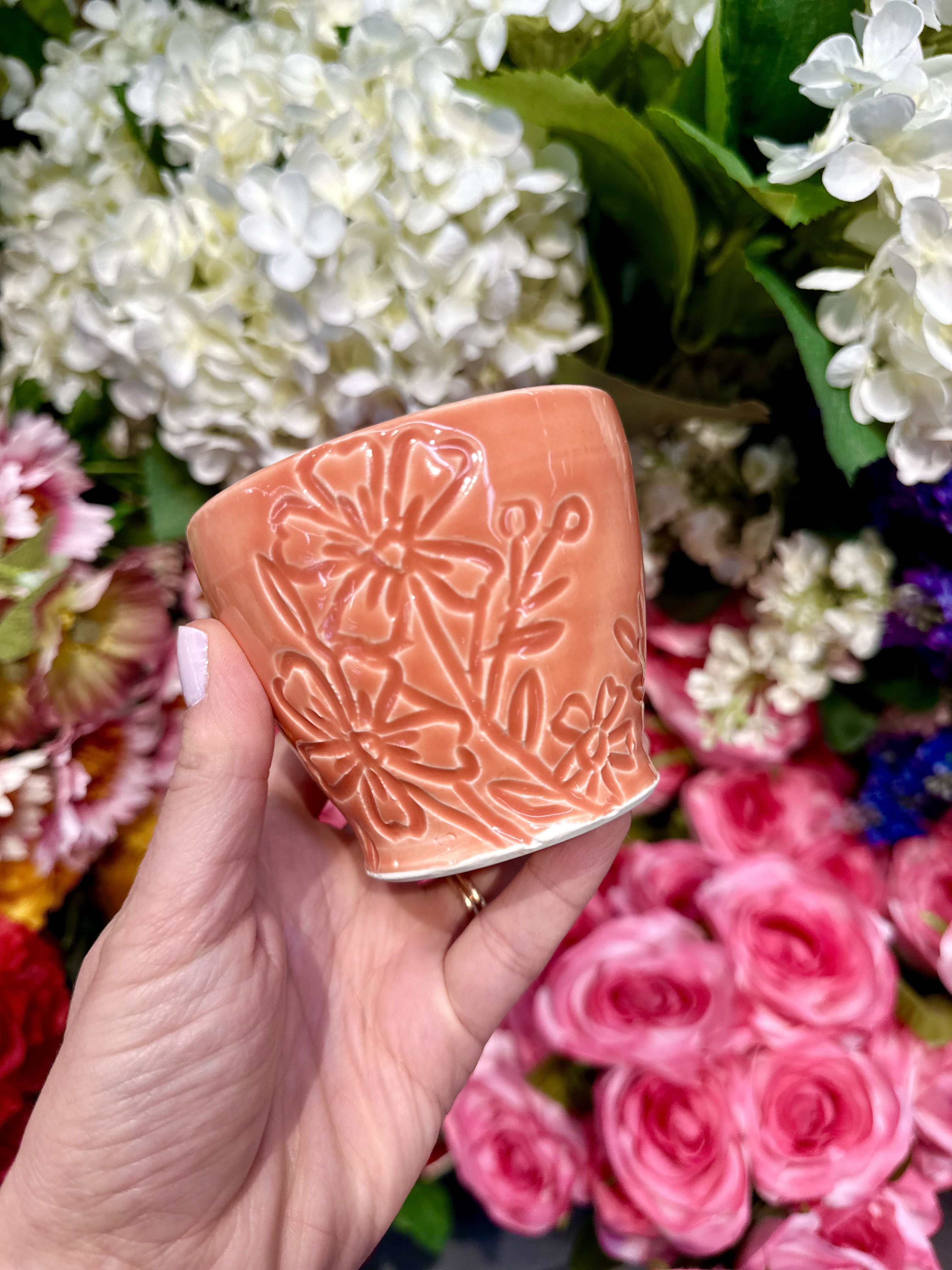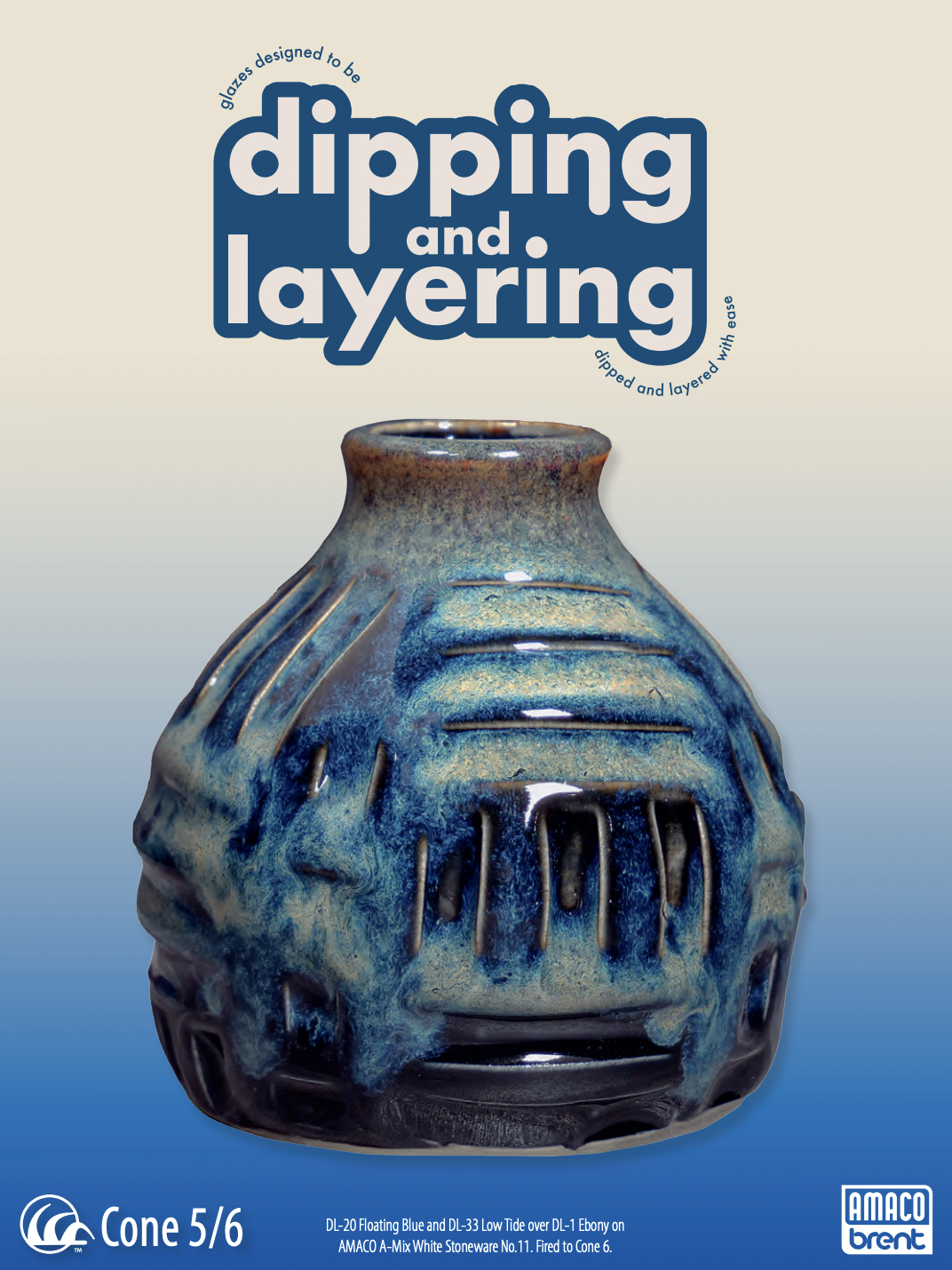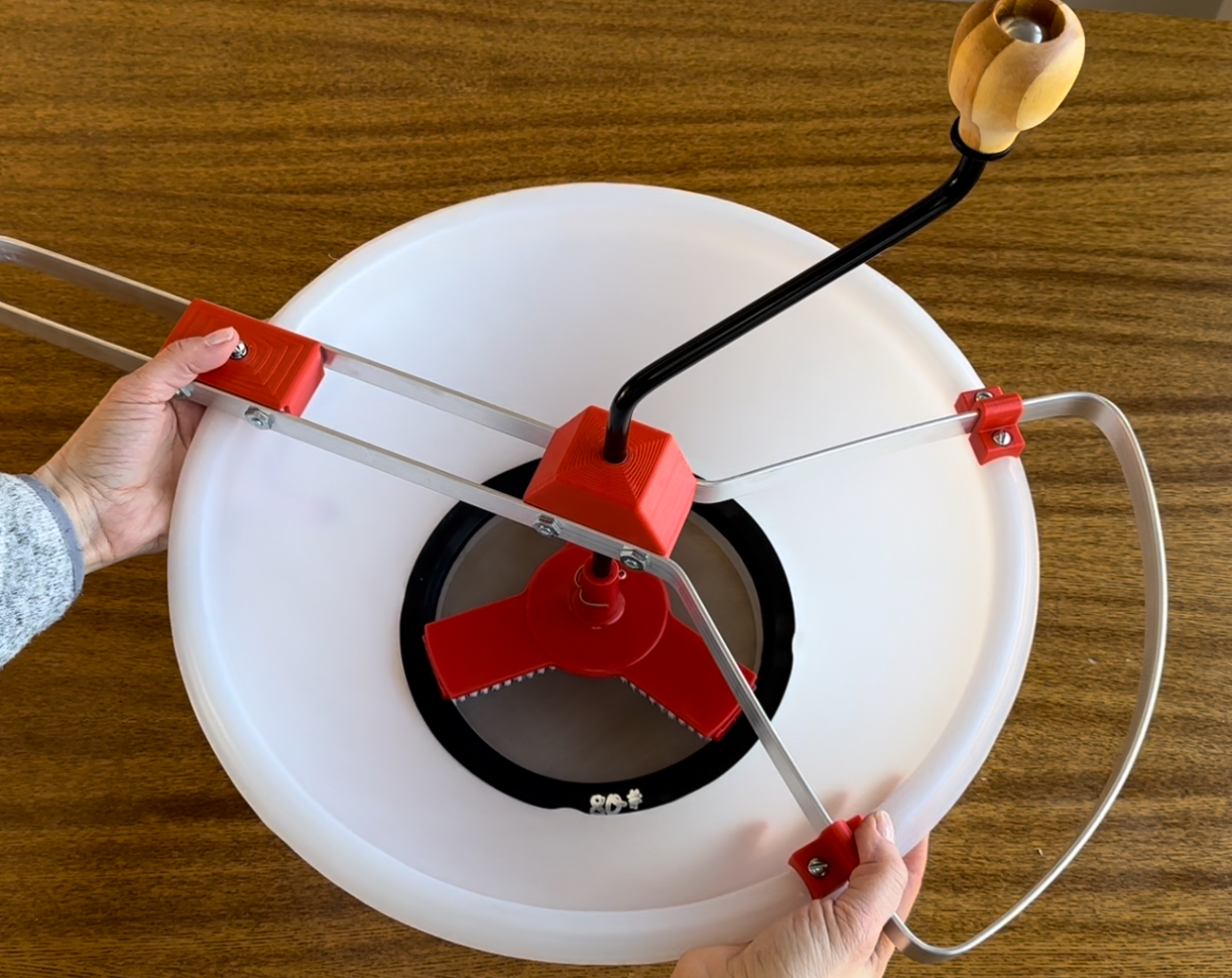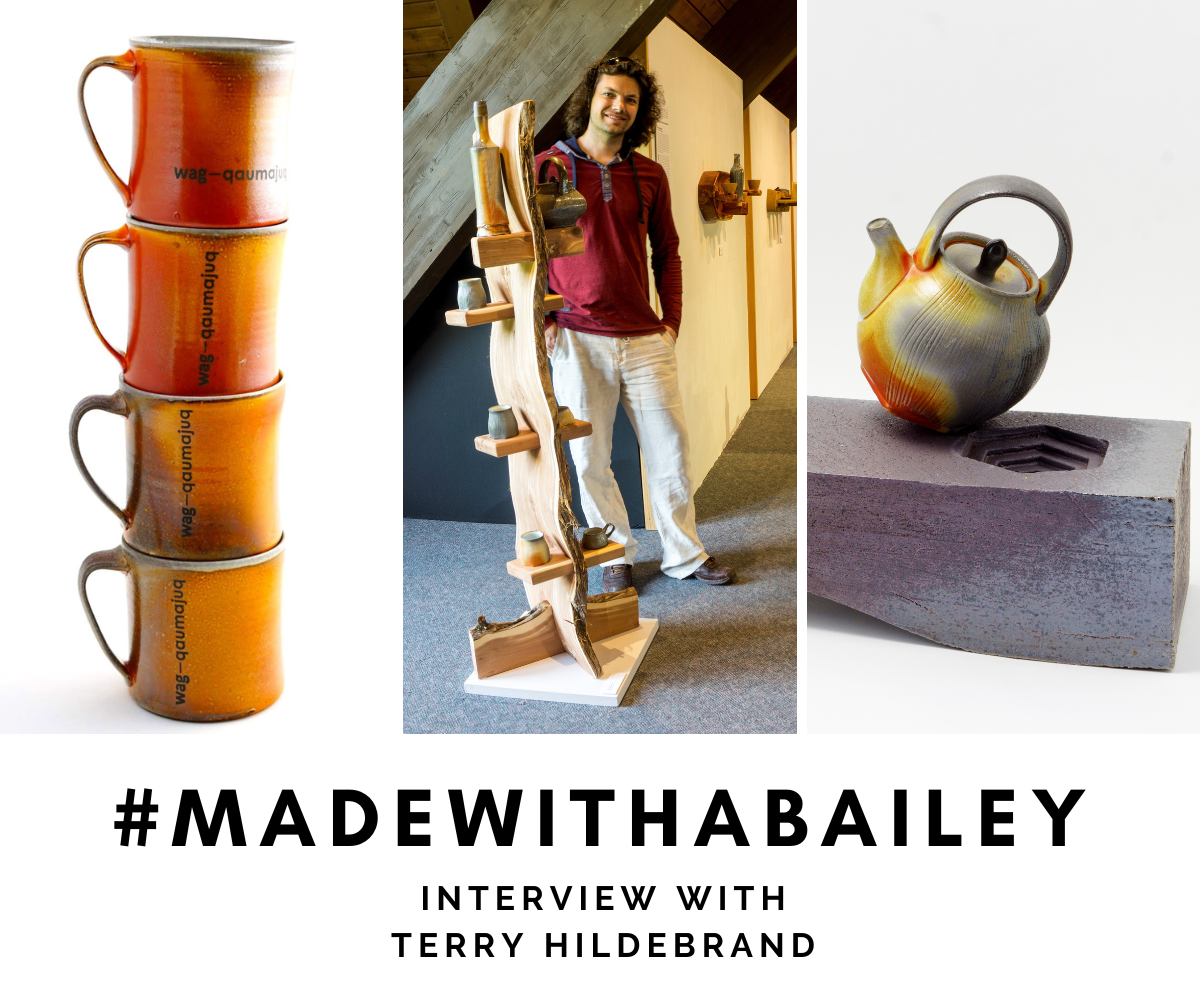Mystery Pot 28 Maker Marianne de Trey
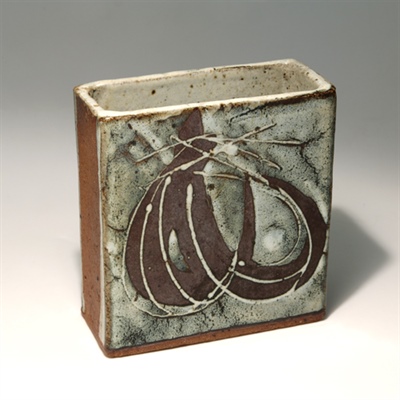
In an odd coincidence, Marianne de Trey died at the age of 102 on October 18, 2016, the day we scheduled her Mystery Pot. A pioneer in the British functional studio pottery movement that began after WWII, Marianne de Trey followed the tradition of Bernard Leach, creating handcrafted pottery as an alternative to factory produced goods.
One of six children, Marianne was born in London to wealthy Swiss parents. She was creative and good with her hands as a young child, making doll clothes by the age of eight. Her father, a manufacturer of dental equipment, encouraged her to attend the Royal College of Art in London. She graduated in 1936 with a degree in textiles. It was there that she meet fellow student, Sam Haile, a charismatic, Surrealist painter, and potter. He introduced her to revolutionary art, literature, music, and politics. She referred to this period of her life as a wonderful, frightening time. They married in 1938.
Shortly before the start of World War II, the young couple moved to the United States. Sam Haile’s bold brushwork and slip-decorated pots were impressive enough to land him a teaching position at Alfred University in New York. It was while they were there that Marianne began making pots. Soon, Sam was drafted and returned to England. Marianne stayed in the US to help establish the School for American Craftsmen with the philanthropist Aileen Osborn Webb.
In 1945, Marianne returned to England and they set up a pottery at the Bulmer Brickyard, near Sudbury, Suffolk. They made slipware here and Marianne improved her technical skills. Needing more space, they accepted Bernard Leach’s offer to take over his Shinners Bridge Pottery located on the Elmhirsts’ Dartington Estate, where all kinds of traditional crafts were being supported. They moved into Leach’s modest wooden bungalow in 1947.
Tragically, Sam Haile was killed in an automobile crash in 1948. Alone and pregnant with their daughter, Marianne kept Shinners Bridge Pottery going with the help of her sisters. By 1950, the pottery had several assistants and was producing earthenware tableware with slip-decoration in abstract designs reflecting nature.
In 1957, yet another tragedy befell Marianne when the pottery burned to the ground in a fire caused by faulty wiring. With the help of the Elmhirsts, she rebuilt the pottery and began a new line of pottery. This simply glazed brown and white stoneware pottery, featuring Marianne’s brushwork of plants and birds, sold well. By the 1960’s the work began to reflect Scandinavian modernism in shape and glazes. Shinners Bridge offered apprenticeships for aspiring potters in the Leach tradition, giving a boost to the British crafts revival that was happening at the time.
The Dartington Pottery Training Workshop took over her studio in 1980 when she moved to a smaller studio on the estate. There she continued to make celadon and luster-glazed porcelain pottery into her early 90s. Marianne de Trey was a founding member of the Craft Potters’ Association, and helped to establish the Dartington Pottery Training Workshop and the Devon Guild. Many honors were bestowed upon her including two retrospective exhibits of her work. In 2006, she was awarded the CBE (Commander of the Most Excellent Order of the British Empire), which she found to be a bother as she had to buy a fancy hat. This hardworking, tenacious woman was not the sort to wear hats. Her beautiful statements in clay and the generations of potters that she inspired and taught are the legacy she leaves with us.
